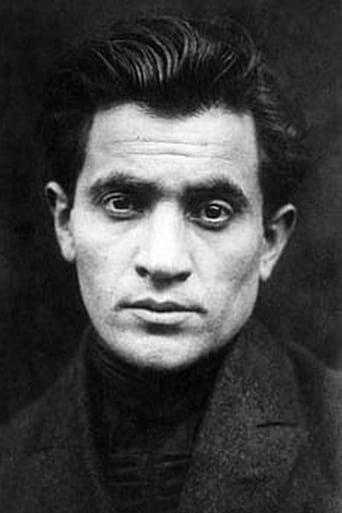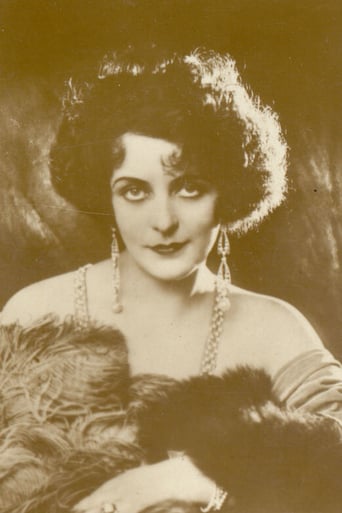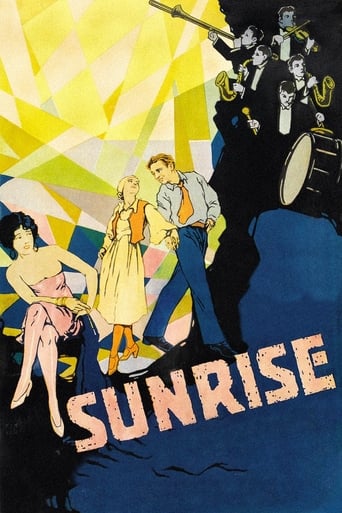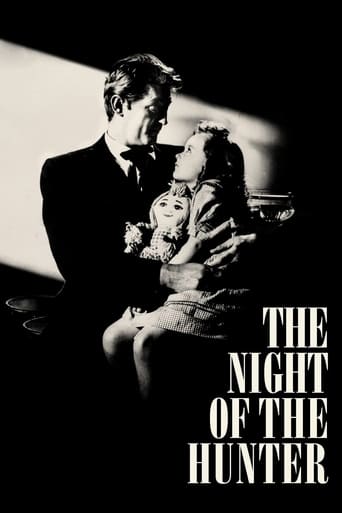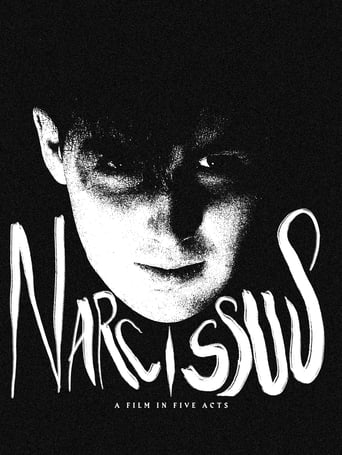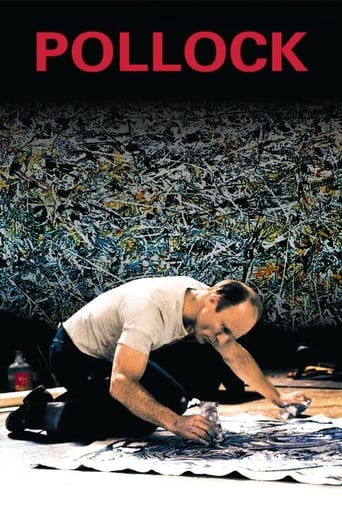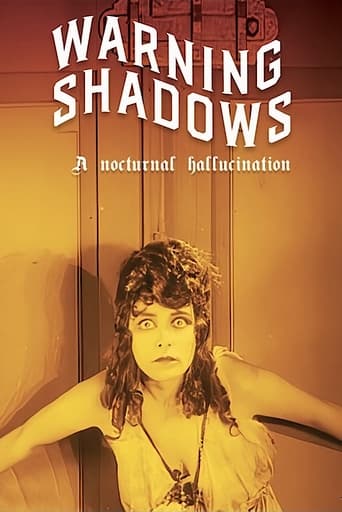
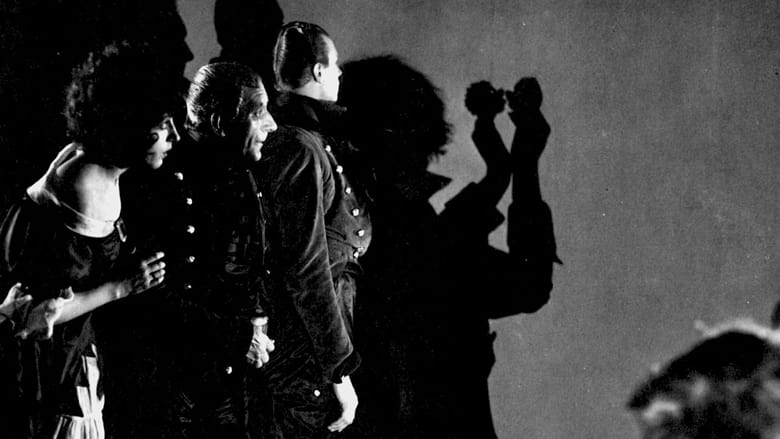
Warning Shadows (1923)
During a dinner given by a wealthy baron and his wife, attended by four of her suitors in a 19th century German manor, a shadow-player rescues the marriage by giving all the guests a vision what might happen tonight if the baron stays jealous and the suitors do not reduce their advances towards his beautiful wife. Or was it a vision?
Watch Trailer
Cast
Similar titles
Reviews
The Worst Film Ever
Don't Believe the Hype
Awesome Movie
All of these films share one commonality, that being a kind of emotional center that humanizes a cast of monsters.
Have you ever gone to a country where you don't know the language and sat and listened to what was going on around you? If so, then you might have some idea what it's like watching "Warning Shadows". All sorts of things happen on the screen but the viewer is left wondering what this all means--and there is no explanation nor context nor any intertitle cards explaining anything. While I noticed a lot of people gave this one 9s and 10s, I just can't see it as the film seemed boring and incomprehensible.Normally in a review I talk a bit about the plot, but in this one I have no idea WHAT is going on. There are a lot of men wearing early 19th century clothing and they all hang about a woman in a strange mansion. Periodically, they amuse themselves with shadow plays projected on sheets. What else is occurring? I dunno."Warning Shadows" has been described as an example of German Expressionism--the same odd sort of style typified in "The Cabinet of Dr. Caligari". However, "The Cabinet" is a wonderful film and uses it's odd surreal look to the fullest. Here in "Warning Shadows" the sets just come off as simple or cheap. Additionally, I'd prefer to think of it as German OVER-expressionism because the acting is so overdone. Characters roll their eyes, stare and make a billion and one expressions using their eyes as well as wildly gesticulating to show emotions. Arty? I dunno--it just looks bad.Aside from some nice costumes, I cannot find much of anything to admire about this film. While I have seen and reviewed hundreds (if not thousands) of silents and greatly appreciate them, this film seems like an artsy-fartsy mess--and a dull one to boot.
I caught this at the Cinematheque a couple of times in Paris. It is a film with no intertitles (except at the beginning for identifying the characters) and, like "The Last Laugh", depends on the camera and editing to tell the story. The action in both films, then, would have to be slow as not to confuse the viewer. This is the lesser of the two but the Murnau film has long been an established masterwork. Frankly I don't know much about Art(h)ur Robison. He was an American working on German-looking films in Germany during the Expressionist phase.This film does indeed feature shadows and the lighting is necessarily bright. What I particularly enjoyed was being pulled into the action of the shadows along with the guests. In this respect the film was quite brilliant. The acting is really quite good and despite the slow speed of action, the film has barely dated at all.Curtis Stotlar
For further reading I recommend an excellent article on the film in the film magazine 'Traffic' (nb. 33) by the German movie aficionado Enno Patalas. Patalas was also the driving force behind a complete restoration of the film at the Munich Filmmuseum - surprisingly there are some (hand- )colored sections in the original version. The shadow theater puppets shown in the movie were created by the German expressionist artist Ernst Moritz Engert, who was well connected to the early expressionist art- and literature-scene in Berlin and Munich. I adore the movie for exploring the deep aesthetic relations between the art of the shadow play and movie as an art itself - from my point of view the earliest and most reflected approach to provide a genuine philosophical statement on film.
To enjoy this film -- and you can -- accept the fact that the characters take their time in expressing themselves in mostly slow, but sometimes abrupt motions. Give up the idea of "Get on with it!" and accept the slow pace. It's worth it; just let yourself be drawn into a world of shadows, dreams and mesmerism.At a dinner party, a shadow player entertains a count, his flirtatious wife, and four of her admirers. He appears to entrance them into a weird dream in which the suddenly cuckolded husband has the three suitors kill his wife. This is enough of a spoiler, since you could probably guess watching it that something was going to happen to her because of her outlandish flirtations with those fawning over her (or perhaps, as another noted above, she was more in love with herself than with others). Finally, the party goers watch the ending of their dream on a screen in front of them, the curtains close over it, and they wake up. The husband and wife reunite, now deeply in love, seeing the folly of their past ways.What makes the film stand out are (surprise!) the extensive and creative use of shadows, the slightly bizarre story, which definitely cries out for a remake, and some outstanding camera work, even if this is the kind of German Expressionism Mike 'Deiter' Myers used to satirize on the 'Sprockets' segment on 'Saturday Night Live' in the 1990s.We don't get the herky-jerky motions so common in comedies of the teen years, or as seen in the great 'Intolerance' (1916), or the amazing 'Cabinet of Dr. Caligari' (1920), but we see more naturalistic (24 frames?) movement, even if it's all too stagy. It has a good, well fitting score. If you want good, fluid movements, with an interesting story and not very stagy acting, check out 'The Four Horsemen of the Apocalypse' (1921) or any of so many other great films of the twenties.This one is innovative, ground breaking, enjoyable film making. I give it a 7.
